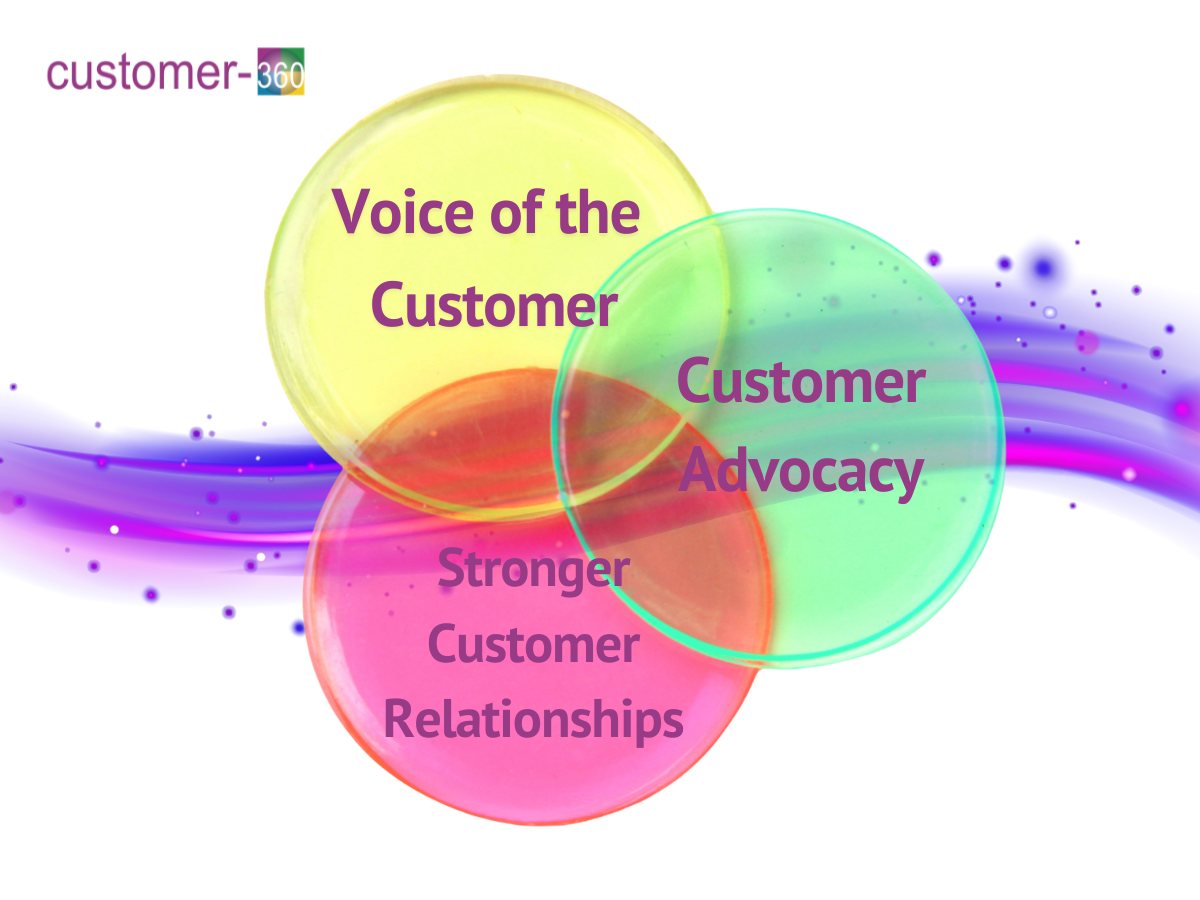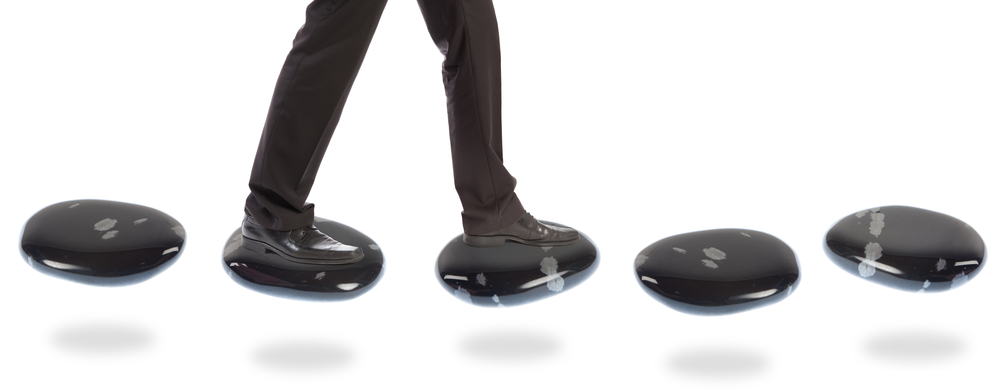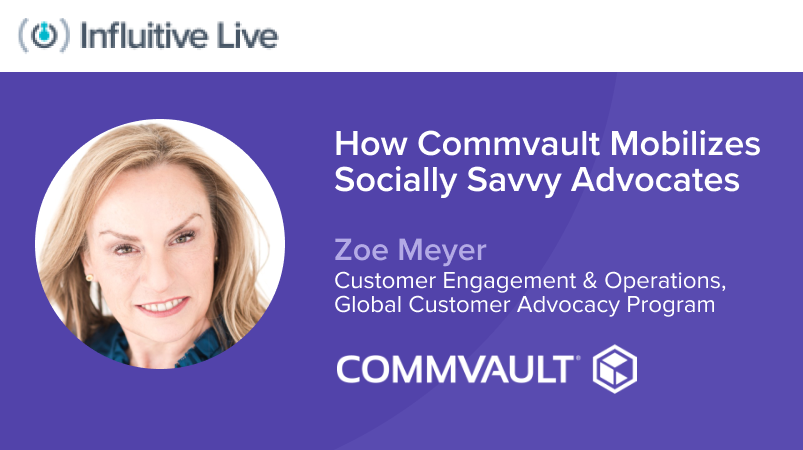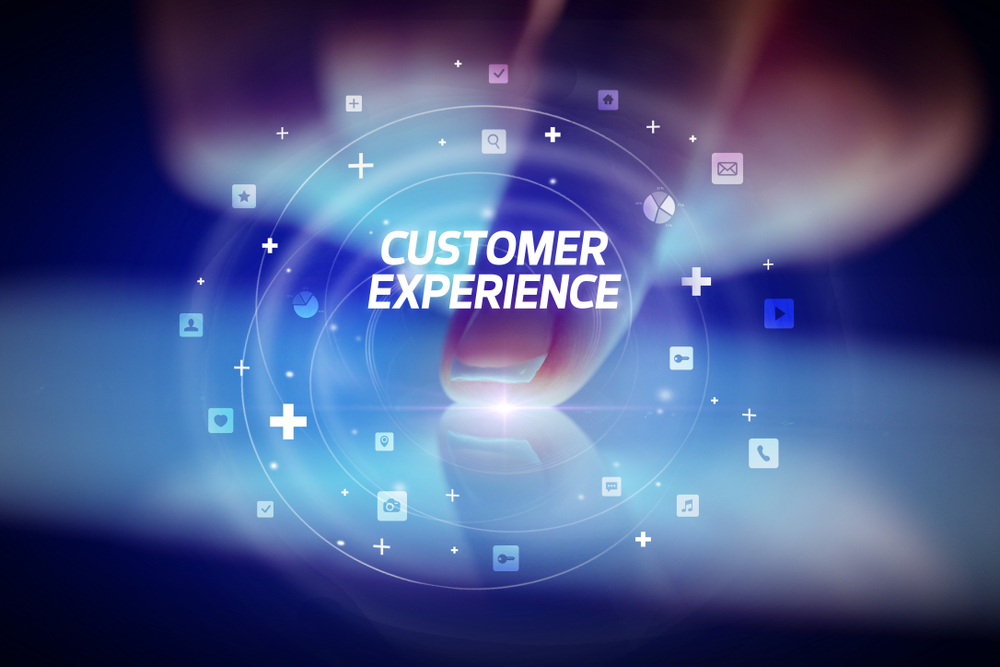The customer reference and the customer advocate walk into a cafe. They begin speaking while ordering a coffee and find a commonality – they both use your product(s). They continue their conversation, talking about the benefits and perhaps drawbacks of the solution, but most certainly, they are speaking about your company’s engagement with them.
Are these two types of customers the same? Let’s look at a typical scenario:
Customer Reference:
- One-off requests to help out a sales opportunity or marketing initiative
- Reactive response to someone else’s need
- What’s in it for the customer other than helping someone else out?
- May lead to burning out certain customers on future requests
Customer Advocate:
- Impacting your brand without a request to do so through social media or online product reviews
- Proactive response to being a Happy Customer
- What’s in it for the customer is that they feel there is an ongoing positive relationship with you
- The self-motivation of the advocate is less likely to lead to burnout as they are engaging based on their time and comfort level
Peers are very influential in today’s B2B buying decision. Eighty-four percent of B2B buyers rate word of mouth the biggest influence on purchasing decisions. (Source: ‘What’s Advocate Marketing,’ CustomerAdvocacy.com).
Are you offering the customer reference the same opportunity to engage as the customer advocate?
I managed a large organization’s customer program that offered all Happy Customers the same chance to interact with our brand. We leveraged an activity agreement that included all activities such as 1:1 engagement with their peers and high-profile media interviews and blogs. We let the customer decide how they wanted to be engaged and the relationship they wanted to pursue with our brand.
Your customer references and your customer advocates don’t need to be separate from each other. Whether it is entitled ‘reference’ or ‘advocate’ or both, a customer program is an organization of your Happy Customers around your brand.




